Some folks have very strong feelings regarding the use of proprietary filament by some 3D printer manufacturers. Are those feelings warranted?
Read More
Some folks have very strong feelings regarding the use of proprietary filament by some 3D printer manufacturers. Are those feelings warranted?
Read MoreI am a polymer consultant with a Master of science, expert in organic chemistry and polymer materials, over 10 years research experience, such as organic synthesis, liquid crystal, photo-polymer formulation, thermoset, bio-materials, coating, 3D printing and materials characterizations. I have a strong background in polymer formulation and organic synthesis.
I was the main inventor of a patented resin formulation for the stereolithography in 2010 (Europe Patent #10186358.7 - 1253 / EP2436510). This invention relates to a system and a resin for rapid prototyping and manufacturing of 3D objects (Araldite Digitalis® project).
We are looking for a someone to help us to find and introduce new 3D printing materials and processes to Shapeways.
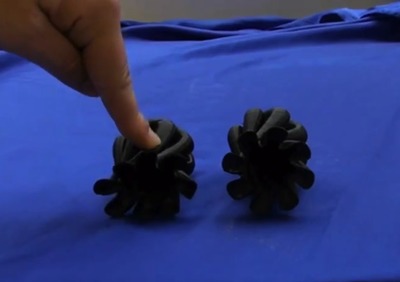 We've just viewed an interesting video of what appears to be a 3D print of a very flexible material, evidently performed on a Fabbster. You'll recall Fabbster; the personal 3D printer that accepts pre-made plastic "sticks" of different materials and colors.
We've just viewed an interesting video of what appears to be a 3D print of a very flexible material, evidently performed on a Fabbster. You'll recall Fabbster; the personal 3D printer that accepts pre-made plastic "sticks" of different materials and colors.
Apparently they've somehow made sticks out of a flexible plastic material and printed out an object. In the video you'll see the ultimate comparison between a flexy print and a standard ABS plastic print - performed with a hammer. Ouch!
We checked out the Fabbster site and could not find said material for sale, but if a successful experiment has been done you can bet that the product will become available sometime in the near future.
Via YouTube (Hat tip to WebJumper)
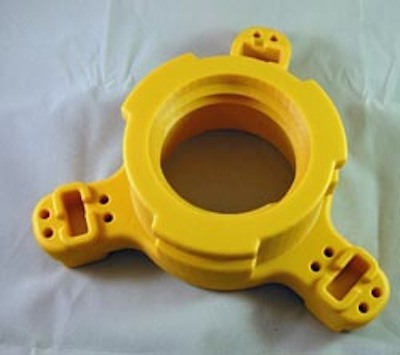 EnvisionTEC, Inc. will showcase the company's expanded range of 3D printing materials at the IMTS exhibition in Chicago. EnvisionTEC announced the launch of its new AB Material resins, with the first two commercially available offerings: ABflex and ABStuff. Both are used with the company’s DLP 3D printers.
EnvisionTEC, Inc. will showcase the company's expanded range of 3D printing materials at the IMTS exhibition in Chicago. EnvisionTEC announced the launch of its new AB Material resins, with the first two commercially available offerings: ABflex and ABStuff. Both are used with the company’s DLP 3D printers.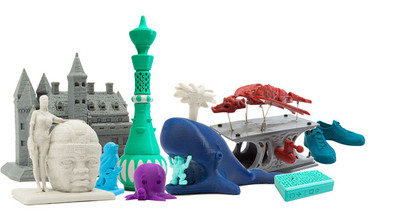 3D printer manufacturer MakerBot has announced the availability of no less than nine new colors of plastic filament, suitable for use in not only their 3D printers, but any others that use the same diameter of plastic filament.
3D printer manufacturer MakerBot has announced the availability of no less than nine new colors of plastic filament, suitable for use in not only their 3D printers, but any others that use the same diameter of plastic filament. 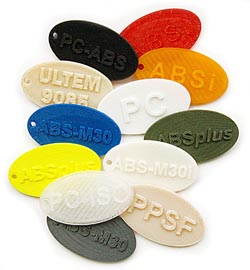 I’ve written two blog posts about the importance of materials to the future of 3D printing. The bottom line is that without a material that performs as needed, speed, cost and quality are irrelevant.
I’ve written two blog posts about the importance of materials to the future of 3D printing. The bottom line is that without a material that performs as needed, speed, cost and quality are irrelevant.
Read More at Engineering.com
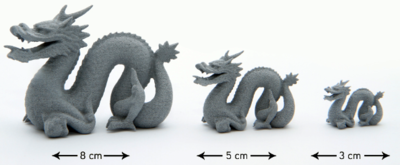 3D print service Sculpteo announced the availability of a new 3D print material: Alumide. What is Alumide? It's a mix of polyamide and aluminum powder yielding 3D prints that are stronger than just plastic but weaker than metal. Like plastic and some metals, it can actually bend slightly, making it useful for objects undergoing minor stress. It's ideal for those 3D prints requiring a bit more strength than usual.
3D print service Sculpteo announced the availability of a new 3D print material: Alumide. What is Alumide? It's a mix of polyamide and aluminum powder yielding 3D prints that are stronger than just plastic but weaker than metal. Like plastic and some metals, it can actually bend slightly, making it useful for objects undergoing minor stress. It's ideal for those 3D prints requiring a bit more strength than usual. 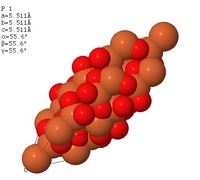 We're not sure how useful this is to most Fabbaloo readers, but it is very cool. The Materials Project is an online database of, well, materials. Once you register for free you can access the service by entering a chemical formula and the service returns you a wealth of information about the selected material. You can also search for partial formulas or specific properties. They also include a Reaction Calculator, Phase Diagrammer, Li-Ion Batter Explorer and a Structure Predictor. Not being chemists, we don't know what those mean, either!
We're not sure how useful this is to most Fabbaloo readers, but it is very cool. The Materials Project is an online database of, well, materials. Once you register for free you can access the service by entering a chemical formula and the service returns you a wealth of information about the selected material. You can also search for partial formulas or specific properties. They also include a Reaction Calculator, Phase Diagrammer, Li-Ion Batter Explorer and a Structure Predictor. Not being chemists, we don't know what those mean, either! I understand that the data in this database is computed, and may not be accurate enough for my application. I agree not to hold the developers, contributors, and hosts of the Materials Project liable for any accuracies in the data, or consequences thereof. I agree not to use automated scripts to collect large fractions of the database and disseminate them. If you are interested in large datasets, please contact the developers.
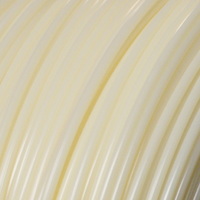 An increasing number of personal 3D printer manufacturers are switching their products from using standard 3mm plastic filament (either ABS or PLA plastic) to a smaller size: 1.75mm. One of the early converts was PP3DP's Up! 3D printer, which came with a 1.75mm extruder and smaller nozzle to match. In those early days 1.75mm filament was hard to find and Up! owners typically purchased their material directly from PP3DP. Since then we've seen MakerBot, RepRap and just recently BotMill have converted to this format.
An increasing number of personal 3D printer manufacturers are switching their products from using standard 3mm plastic filament (either ABS or PLA plastic) to a smaller size: 1.75mm. One of the early converts was PP3DP's Up! 3D printer, which came with a 1.75mm extruder and smaller nozzle to match. In those early days 1.75mm filament was hard to find and Up! owners typically purchased their material directly from PP3DP. Since then we've seen MakerBot, RepRap and just recently BotMill have converted to this format. 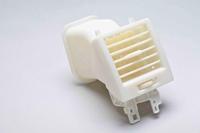 Objet just announced another amazing material for their Connex and Eden 3D printers. This new material, called "High Temperature Material", not surprisingly provides 3D prints that can withstand high temperature exposure.
Objet just announced another amazing material for their Connex and Eden 3D printers. This new material, called "High Temperature Material", not surprisingly provides 3D prints that can withstand high temperature exposure.